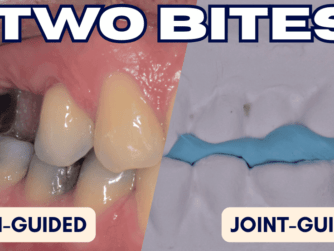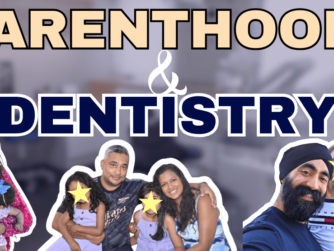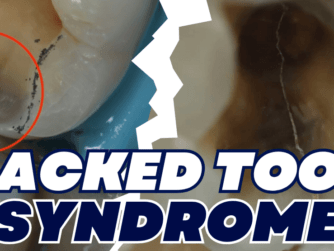Podcast: Play in new window | Download (Duration: 1:26:00 — 120.6MB)
Subscribe: RSS
Do you make ‘shotgun’ treatment plans? A shotgun treatment plan is like a shotgun wedding. It is rushed, on-the-spot and poorly consented..
I am back with a Fan favourite – Dr Zak Kara who absolutely bamboozled with his communication gems from episode 10 (must listen if you have not already!)
In this mammoth 80 minute episode we dissect how to PRESENT treatment plans to patients. Should we use their chart? Should they get a quote for extensive work at Day 1? Should it be at a second visit or all at their first visit (after all…this what they expect from us, right?) Do we need a separate consultation room (LOL)?
Protrusive Dental Pearl 1: ebook Download for 16 Steps to get more Treatment Plans Accepted Today
Protrusive Dental Pearl 2: Thank you for Mini Smile Makeover Composite Course and Enlighten Smiles for sponsoring this episode!
I talked about my favourite composite instrument I learnt about from attending Mini Smile Makeover – it is called the CASI 3C and it is the perfect non-stick instrument for anterior bonding. Those in the UK can get this from Enlighten Smiles, and those in the USA or Worldwide can get it from their Cosmedent supplier.
We also discussing about getting comfortable talking finance with patients – what are our limiting beliefs about money and fees? Is that holding us back? It did haunt me for many years…
Do we need to give exhaustive documentation afterwards? What is the point of all this? What is the patient and you do not share the same ethos and values?
This is the App Dr Zak Kara mentioned he uses: DDS GP only on the App Store
What I loved about the episode was learning why Zak DOES give an itemised plan for Phase 1 treatment, but not Phase 2 or 3:
If you gained value from this episode, be sure to subscribe and share it with a friend!
If you enjoyed this, you will of course love Zak’s first episode on Protrusive: Think Comprehensive!








[…] If you enjoyed this, you will of course love Zak’s Presenting Treatment Plans the Comprehensive Way […]
[…] If you enjoyed this, you will also love Presenting Treatment Plans the Comprehensive Way […]